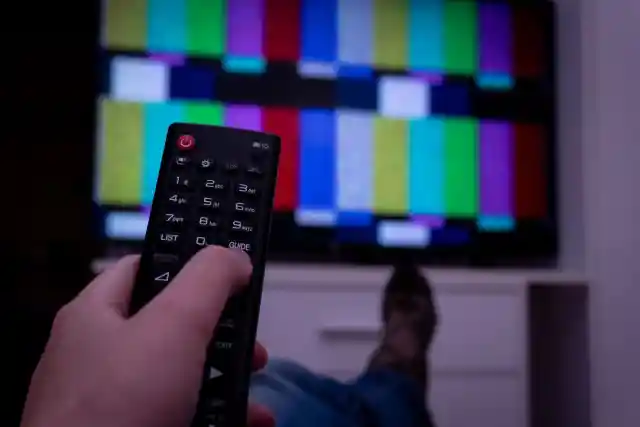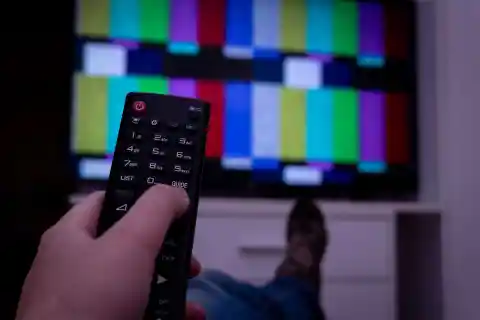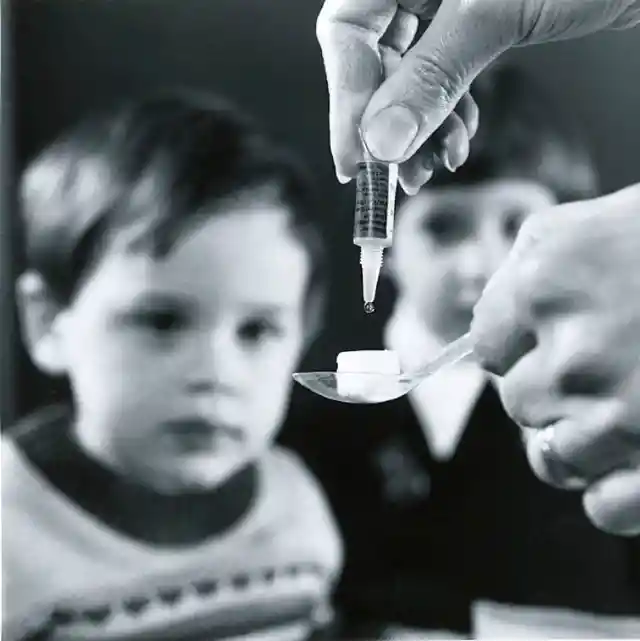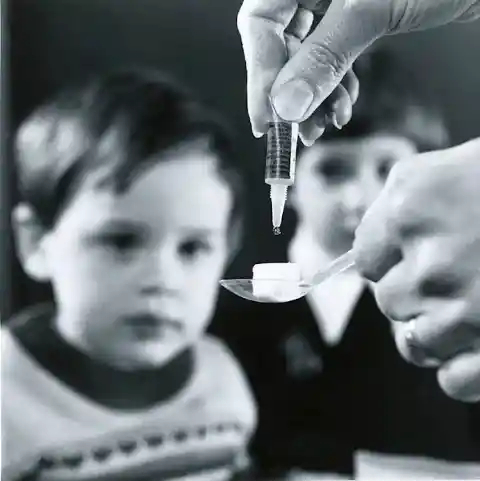Color TV
They’re all around us today: Services and products that make our lives easier, help us travel more comfortably, work more efficiently, and communicate better. But such things haven’t always existed – someone, somewhere, saw a void that could be filled, and they set about creating a solution, many of which we take for granted today.
Here are seven genius inventions that markedly changed how we experienced day-to-day living back in the day, and that we tend to take for granted in our lives today.


There was a time when everything broadcast on television appeared in black and white (maybe even a few shades of grey). Some stations were still broadcasting colorless versions of their programming even up until 1979.
Both CBS and RCA began working towards developing color TV in the late ‘40s; CBS began providing color programming by 1951, but color television sets were few and far between at the time, and considered an absolute luxury. But in 1961, Walt Disney’s Wonderful World of Color premiered, and the heat was on to buy color TVs that would allow the kiddos to “ooh” and “ah” at Disney characters brought to colorful life, right in each child’s very own living room.
Zip Codes
Before World War II, the U.S. Postal Service (USPS) could deliver mail swiftly and efficiently thanks to its team of employees who knew their local and regional areas, inside and out. But when the United States entered the war, the USPS saw a significant number of employees leave their postal positions in order to sign up with the military.
To counter the loss of employees and keep the mail flowing, the USPS hired new – and, unfortunately, less experienced – employees who needed some assistance getting the job done. The USPS devised a two-digit code system to enable easier and faster mail delivery. By the early ‘60s, however, the amount of mail being delivered in the U.S. had increased exponentially, and the postal service instituted a five-digit zip code for every zone in America. It’s difficult to imagine a time when zip codes didn’t exist, but at the time the new system was implemented it was seen as a radical new way to send mail near and far.


Polio Vaccine
At the beginning of the 1950s, the rate of polio patients increased by 35,000, and the numbers continued to rise at alarming levels. Jonas Salk believed there must be a way to control or completely eradicate the crippling disease.
But he soon discovered that creating the vaccine was only part of the challenge: Salk found it difficult to convince people to accept the vaccine. But vaccine reticence went out the window once a major celebrity – Elvis Presley – was photographed receiving what was already known to be a life-saving vaccine. After that, getting vaccinated became cool, and polio eventually became a thing of the past.
911 Emergency Service & Automatic Teller Machines (ATMs)
In 1968, AT&T introduced the 911 service, an easy-to-remember phone number that could quickly connect phone calls to a system that would enable dispatchers to send police, fire, or medical help to you, wherever you might be. Today, Americans routinely use the 911 emergency system to help with crises of many different types, but in the late ‘60s, 911 seemed a revolutionary idea that could provide a scope of help that was once inconceivable.
Ah, the ubiquitous ATM. Even though they’re being used less and less, thanks to credit/debit cards and payment apps on smartphones, you can still find them everywhere from gas stations and bars to coffee shops and farmer’s markets.
But their everyday presence in our lives wasn’t always the case. Created by Dan Wetzel, the first ATMs started dispensing cash in 1969 and boasted the wondrous capability of putting instant cash in your hands when you weren’t close to home or your local bank. Today, the U.S. has more than 300,000 ATMs nationwide.


Skateboards
When skateboarding first made waves, it was seen as a specialized recreation for children who basked in the Southern California sun and spent the majority of their days playing outdoors. But as the popularity of this activity grew, companies began manufacturing parts for skateboards that were not only more durable but also readily available to skateboarders in other parts of the country. Over the years, skateboarding has ballooned into a multi-billion dollar industry with competition-winning stars who have become household names.
The Slurpee
Omar Knedlik introduced the Icee machine in 1960, which he built from an old car air conditioner. In 1965, convenience store chain 7-Eleven saw the vast potential of the machine’s icy drink to attract sugar lovers of all ages and agreed to sell the frozen concoction under the name Slurpee.
Following the debut of the oh-so-cool libation, people became obsessed with the Slurpee and were fascinated by the fact it could stay icy cold and hold its tasty cola and cherry flavors for such a long period of time. Today, Slurpees are part of the American culinary culture and remain readily available at movie theaters, gas stations, and convenience stores.